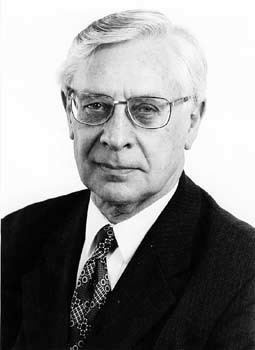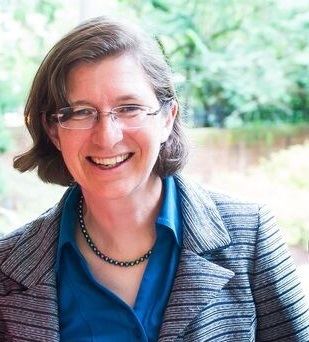Name Ian Axford Role Scientist | ||
 | ||
Born William Ian Axford2 January 1933Dannevirke New Zealand ( 1933-01-02 ) Institutions Cornell University 1963–1967University of California, San Diego 1967–1974Max Planck Institute for Aeronomy 1974–2001Victoria University of Wellington 1982–1985 Notable awards Rutherford Medal (RSNZ) 1994Chapman Medal (RAS) 1994Fellow of the Royal Society Died March 13, 2010, Napier, New Zealand | ||
Education University of Canterbury | ||
Ian axford overview of magnetospheric ionospheric coupling
Sir William Ian Axford, FRS (2 January 1933 – 13 March 2010) was a New Zealand space scientist who was director of Germany's Max Planck Institute for Aeronomy from 1974 to 1990. Axford's research was focused on the interaction of the sun with the magnetic field of earth (magnetosphere) or the interstellar medium (heliosphere).
Contents
- Ian axford overview of magnetospheric ionospheric coupling
- Ian Axford New Zealand Fellow Jill Ozarski
- Life and work
- Honours
- References

Ian Axford (New Zealand) Fellow Jill Ozarski
Life and work
Axford studied at Canterbury University in Christchurch for his double bachelor's degrees in science and engineering, followed by a double Master's in science with first class honours and in engineering with distinction, then undertook doctoral studies at the University of Manchester and received his PhD in 1960.
After a year at the University of Cambridge in 1960, where he played two matches of first-class cricket for the Cambridge University Cricket Club, Axford then joined the Defence Research Board of Canada, where he published one of his most cited papers: A unifying theory of high-latitude geophysical phenomena and geomagnetic storms, in 1961. He became a professor of physics and astronomy at Cornell University, Ithaca, New York in 1963. He later moved to the University of California, San Diego.
Axford became a director at the Max Planck Institute for Aeronomy (since renamed the Max Planck Institute for Solar System Research) in 1974. He held that position, with a short break in which he was Vice Chancellor of the Victoria University of Wellington from 1982 to 1985, until his retirement in 2001. The institute participated in the international missions Giotto to Halley's Comet, solar observatories Ulysses and SOHO while Axford was director of the institute. The science of all three missions had a strong connection to the activity of the sun: SOHO and Ulysses monitored solar activity, and the Giotto mission was able to monitor the interaction of solar particles with Halley's Comet. Most of Axford's research was associated with the magnetosphere and the heliosphere.
He died on 13 March 2010, aged 77, following a long illness.
Honours
Axford received several awards, for example the John Adam Fleming Medal in 1972, the Tsiolkovsky Medal in 1987, the Chapman Medal, and the Rutherford Medal in 1994. In 1995 he was named New Zealander of the Year. In the 1996 New Year Honours Axford was appointed as a Knight Bachelor for services to science. Since 1986 he was a Fellow of the Royal Society in London and since 1993 he was a Fellow of the Royal Society of New Zealand.
On his 60th birthday, the asteroid 5097 Axford was named in his honour at an astronomical symposium in Germany.
